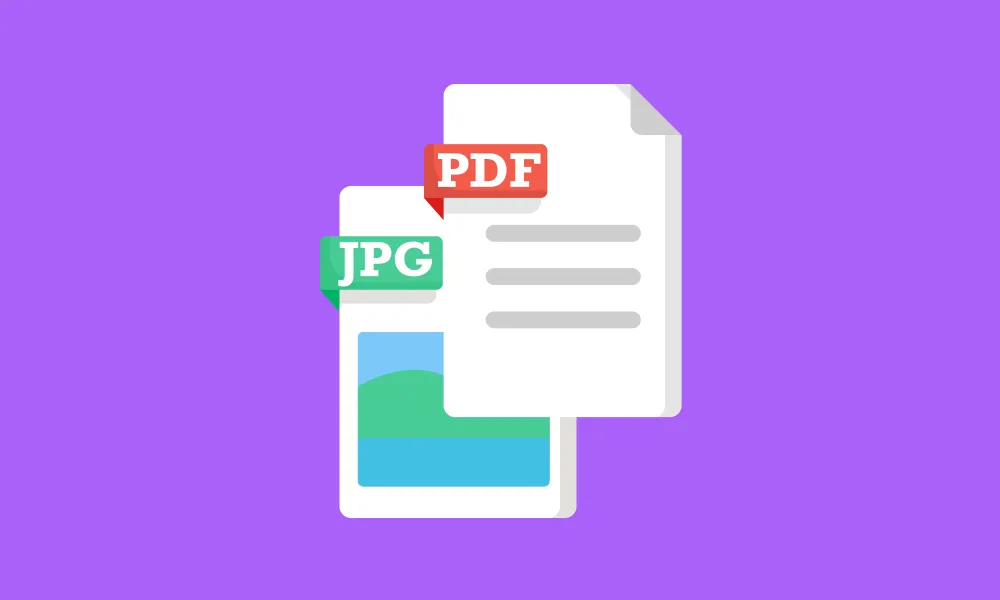Can ChatGPT Generate Images?
Discover if ChatGPT can generate images, explore the capabilities, and find out about other tools that might help you create the visuals you need.


Transcribing audio can be a daunting task, especially if you're new to it. However, with the right tools and techniques, anyone can learn how to transcribe audio accurately and efficiently. In this article, we'll provide you with a step-by-step guide on how to transcribe audio, from choosing the right software to helpful transcription tips.
The first step to transcribing audio is to choose the right software. There are many software options available, from free to paid, and each has its own unique features. Some popular options include Express Scribe, TranscribeMe, and Dragon NaturallySpeaking.
When choosing software, it's important to consider your specific needs. For example, if you need to transcribe audio in multiple languages, you'll want to choose software that supports multiple languages. Additionally, if you're working with poor quality audio, you'll want software that has a noise reduction feature.
Before you start transcribing, it's important to set up your workspace. Find a quiet and comfortable space to work in, and make sure you have all the necessary tools, such as a computer, headphones, and a foot pedal (if you prefer to use one).
It's also helpful to have a note-taking tool, such as a notebook or a digital note-taking app, to jot down any notes or timestamps as you transcribe. This will make it easier to go back and review sections of the audio if needed.
Before you start transcribing, it's helpful to listen to the audio in its entirety. This will give you an idea of what to expect and help you prepare for any difficult sections. As you listen, take note of any accents or speech patterns that may be unfamiliar to you.
It's also a good idea to listen to the audio at a slightly slower speed, especially if you're new to transcribing. This will give you more time to process what you're hearing and make fewer mistakes.
Once you're familiar with the audio, it's time to start transcribing. Begin by playing the audio and typing what you hear. It's important to transcribe accurately, but don't worry about typing every single word. Focus on capturing the main ideas and key points.
If you're having trouble understanding a particular section, use the playback controls to listen to it again. You can also use the note-taking tool to mark timestamps or make notes about sections that require further review.
After you've transcribed the audio, it's time to edit and format your transcript. Start by reviewing your transcript for any errors or omissions. Make sure the transcript accurately reflects what was said in the audio.
Next, format your transcript according to your preferences or the requirements of your project. This may include adding timestamps, speaker labels, or other formatting elements.
Here are a few additional tips to help you transcribe audio more efficiently and accurately:
Transcribing audio may seem daunting, but with the right tools and techniques, anyone can learn how to do it effectively. By choosing the right software, setting up your workspace, familiarizing yourself with the audio, and following helpful transcription tips, you can transcribe audio accurately and efficiently. So whether you're transcribing for work, school, or personal projects, you now have the knowledge to get started.
Remember to take breaks and practice regularly to improve your transcription skills. With time and practice, you'll become a pro at transcribing audio. Good luck!
Discover the latest expert tips and tricks on mastering social media strategies, honing your photing editing skills, and unleashing your creativity
Discover if ChatGPT can generate images, explore the capabilities, and find out about other tools that might help you create the visuals you need.

Learn the value of TikTok gifts and how much they cost. Get insights on TikTok gifting, how it works, and maximize your earnings with Instasize.


Want to maximize your TikTok engagement? Here's a comprehensive guide on the best time to post on TikTok.


Learn how to change your Snapchat username and the important things to consider before doing so. Get step-by-step instructions and helpful tips.


Discover the best time to post on Pinterest for maximum engagement and traffic.


Learn how to convert PDF files to JPEG images with ease. Follow our step-by-step guide for a quick and simple solution.

Everything you need to make your photos stand out with our free photo editing tools